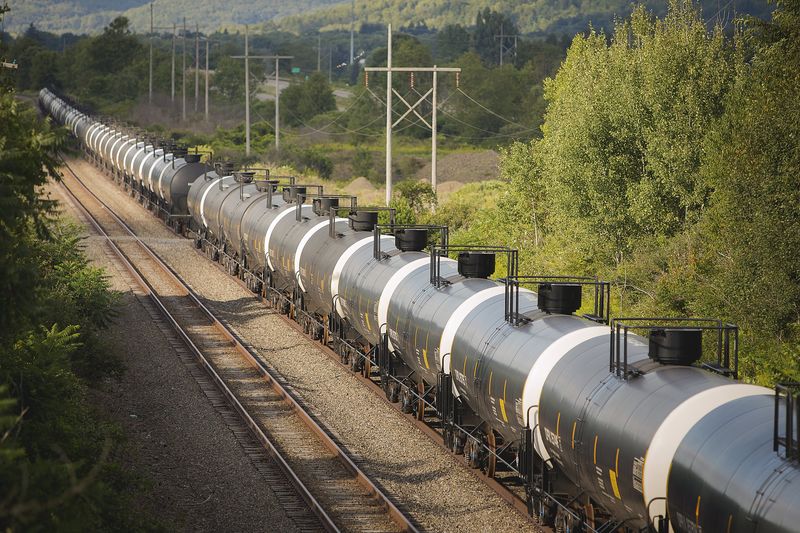By Barani Krishnan
Investing.com - Oil prices rose on Wednesday after an outsize drawdown in U.S. crude stockpiles but the market’s upside was limited by the surge in new coronavirus cases and the impact that could have on business reopenings in the world’s largest economy.
Also weighing on market sentiment was a Reuters report from Tuesday that OPEC and Russia will likely ease record oil production cuts from August on signs that global oil demand was recovering.
“Russia's talk of ending production cuts in August is equivalent to sending an ICU patient home as soon as s/he recovers consciousness,” tweeted Art Berman, an oil analyst with nearly 24,000 followers on Twitter.
The Wall Street Journal, meanwhile, reported that Saudi Arabia has threatened to ignite an oil-price war unless fellow OPEC members make up for their failure to abide by the cartel’s recent production cuts.
New York-traded West Texas Intermediate, the benchmark for U.S. crude futures, settled up 55 cents, or 1.4%, at $39.82 per barrel.
London-traded Brent, the global benchmark for oil, rose 88 cents, or 2.1%, to settle at $42.03.
Oil prices rebounded from Tuesday’s lower close after the Energy Information Administration reported a 7.2 million-barrel drawdown in U.S. crude stockpiles for the week ended June 26 — about 10 times more than forecast.
The larger-than-expected draw could also be due to an increase in refiner buying and other demand activity ahead of the July 4th holiday, when Americans routinely take to the road. Thus, another week or two of EIA datasets will be needed to ascertain if there really is such a big turnaround in demand when reopening statistics from Covid-19 lockdowns could spin a different narrative.
The United States has reported some 40,000 new coronavirus cases daily in the so-called “second-wave” of the outbreak and top U.S. pandemics expert Anthony Fauci said on Tuesday this could grow to 100,000 without proper social-distancing and other safety measures.
Data shows that some 2.7 million Americans have already been infected by the COVID-19, with a death toll exceeding 130,000. A new model by the University of Washington also predicts 200,000 coronavirus deaths in the U.S. by Oct. 1, casting further doubts on economic reopening from lockdowns. As a sign of how seriously the world was viewing the U.S. outbreak, the European Union reopened its borders to visitors from 15 countries but excluded Americans.
While crude stockpiles slumped, gasoline inventories rose 1.2 million barrels, compared to a draw of 1.7 million barrels a week ago. Distillates stockpiles provided a better case for oil bulls, sliding by 593,000 barrels versus, compared to a build of nearly 250,000 barrels previously.
Crude production, meanwhile, remained unflinching at an estimated 11 million barrels per day, suggesting the output cutbacks seen over the last three months were all but over as the 300% rally in WTI from April’s price lows encouraged U.S. drillers to turn their taps back on. The steadying crude production affirmed the dwindling cuts on U.S. oil rigs, which showed a decline of just one unit last week.
